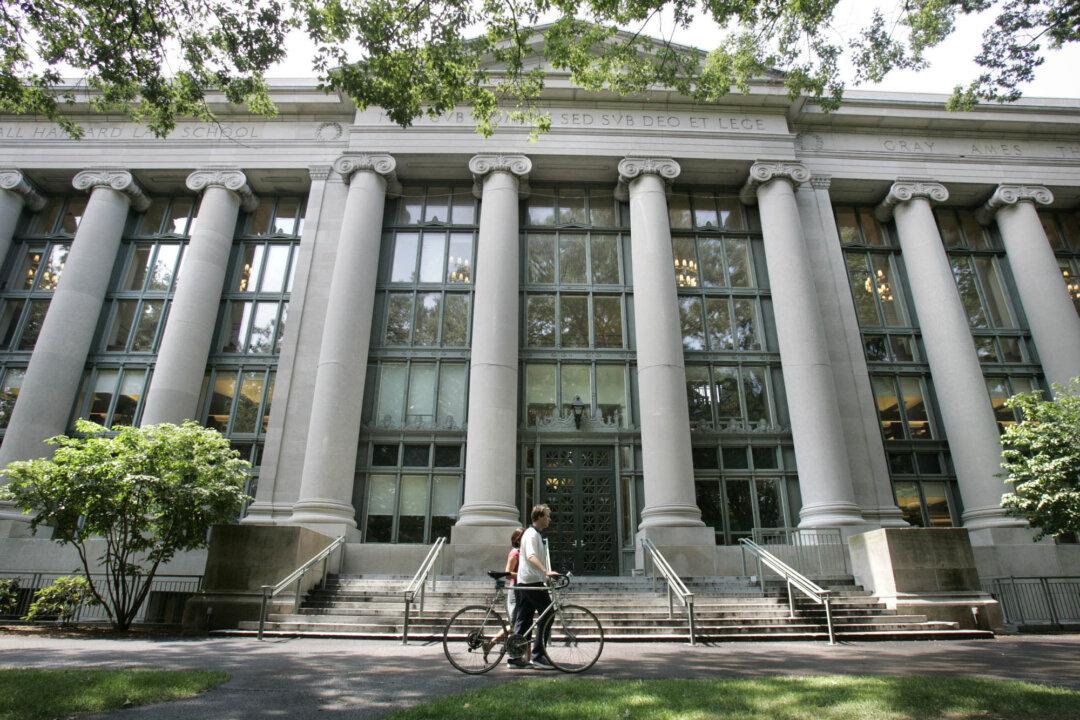Commentary
Harvard Law School (HLS) has changed its law school heraldry. Members of the HLS Community were recently informed of the adoption of a new shield by John Manning, who is the Morgan and Helen Chu Dean and Professor of Law at Harvard.

Harvard Law School (HLS) has changed its law school heraldry. Members of the HLS Community were recently informed of the adoption of a new shield by John Manning, who is the Morgan and Helen Chu Dean and Professor of Law at Harvard.